There has been a notable improvement in grass growth rates over the last week, and the expectation is that growth will be over 60kg per day over the coming week and maybe even higher on many farms.
At a discussion group meeting in Cork earlier this week, farmers seemed a bit ambivalent as to what is happening under their feet. Failure to take early action to increase demand at this time of year will be detrimental to grass quality and ultimately the price you will get paid for milk in May and June. This is because milk yield and protein percentage will be lower where grass quality is poor.
Most group members had a farm cover in excess of 220kg/cow, were still feeding over 4kg of meal per cow per day and were grazing covers of 1,600kg to 1,700kg per hectare. In other words, there was too much grass on the farm and too much meal being fed. Paddocks should be skipped over for silage or reseeding, and meal should be fed at minimum rates necessary to carry minerals. Failure to act on time will lead to a glut of grass which is detrimental to quality.
As outlined here, the lower milk price and higher input costs for 2023 are set to dramatically reduce profitability from dairy farming this year. As we head into peak milk production, milk prices are continuing to drop.
At the Bord Bia dairy market seminar on Tuesday it was predicted that dairy prices would continue to fall until the second half of 2023. Based on the information available today, it is likely that dairy margins for this year will be below 10c/l – that’s before own labour, capital repayments and tax are taken into account. The last time they were this low was in 2016. The issue is more with costs rather than price.
Meal is costing nearly €100/t more now than it did this time last year, and most other costs are elevated. The dairy cost base has been gradually increasing each year since 2016 and it’ll be a big challenge to unwind it. The lesson is that costs need to be managed in good milk price years as well as bad milk price years. There’s not too many areas where costs can be cut easily with the exception of meal, breeding costs and perhaps sundry costs too. After six years of high milk prices, farmers will have to close the chequebook.
Heifers are either still housed or have just been turned out on many farms, particularly those on heavy soils. Most farmers are saying they are lighter than normal because of the later turnout. Heifers not at target weight at breeding will have lower conception rates.
I would be slow to delay breeding start date too much, as I still think it’s better that they go in calf early – even if that means they could be calving down lighter than normal. One important consideration though is in relation to sexed semen. I would be slow to use sexed semen on underweight heifers due to the costs involved and the higher chances of not going in-calf due to being underweight.
It’s not the end of the world, but these light heifers would need to get very good grass over the next few weeks in order to catch up on weight gain.
There has been a notable improvement in grass growth rates over the last week, and the expectation is that growth will be over 60kg per day over the coming week and maybe even higher on many farms.
At a discussion group meeting in Cork earlier this week, farmers seemed a bit ambivalent as to what is happening under their feet. Failure to take early action to increase demand at this time of year will be detrimental to grass quality and ultimately the price you will get paid for milk in May and June. This is because milk yield and protein percentage will be lower where grass quality is poor.
Most group members had a farm cover in excess of 220kg/cow, were still feeding over 4kg of meal per cow per day and were grazing covers of 1,600kg to 1,700kg per hectare. In other words, there was too much grass on the farm and too much meal being fed. Paddocks should be skipped over for silage or reseeding, and meal should be fed at minimum rates necessary to carry minerals. Failure to act on time will lead to a glut of grass which is detrimental to quality.
As outlined here, the lower milk price and higher input costs for 2023 are set to dramatically reduce profitability from dairy farming this year. As we head into peak milk production, milk prices are continuing to drop.
At the Bord Bia dairy market seminar on Tuesday it was predicted that dairy prices would continue to fall until the second half of 2023. Based on the information available today, it is likely that dairy margins for this year will be below 10c/l – that’s before own labour, capital repayments and tax are taken into account. The last time they were this low was in 2016. The issue is more with costs rather than price.
Meal is costing nearly €100/t more now than it did this time last year, and most other costs are elevated. The dairy cost base has been gradually increasing each year since 2016 and it’ll be a big challenge to unwind it. The lesson is that costs need to be managed in good milk price years as well as bad milk price years. There’s not too many areas where costs can be cut easily with the exception of meal, breeding costs and perhaps sundry costs too. After six years of high milk prices, farmers will have to close the chequebook.
Heifers are either still housed or have just been turned out on many farms, particularly those on heavy soils. Most farmers are saying they are lighter than normal because of the later turnout. Heifers not at target weight at breeding will have lower conception rates.
I would be slow to delay breeding start date too much, as I still think it’s better that they go in calf early – even if that means they could be calving down lighter than normal. One important consideration though is in relation to sexed semen. I would be slow to use sexed semen on underweight heifers due to the costs involved and the higher chances of not going in-calf due to being underweight.
It’s not the end of the world, but these light heifers would need to get very good grass over the next few weeks in order to catch up on weight gain.




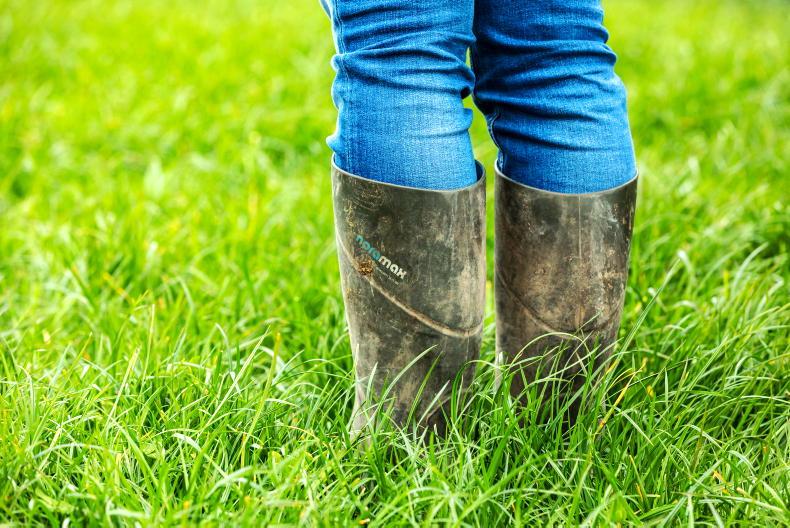
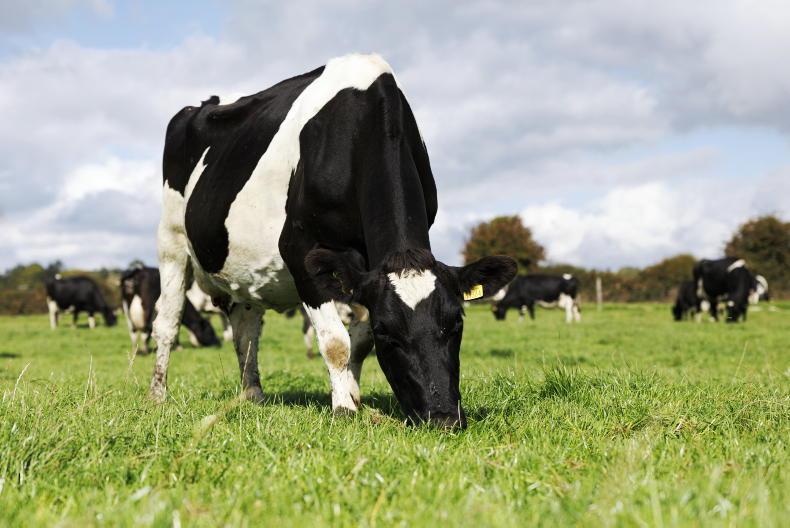

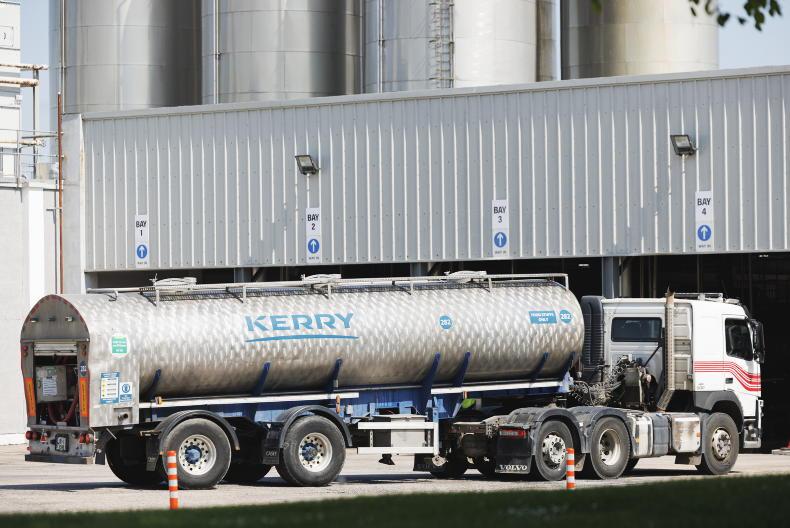
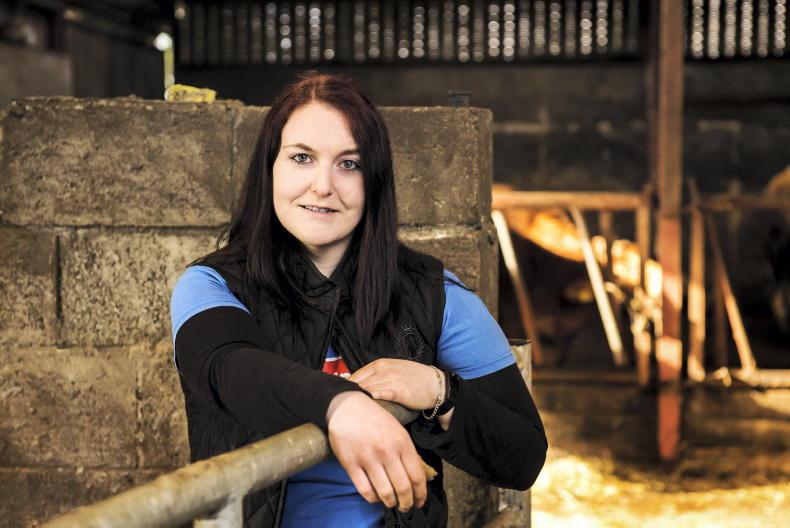
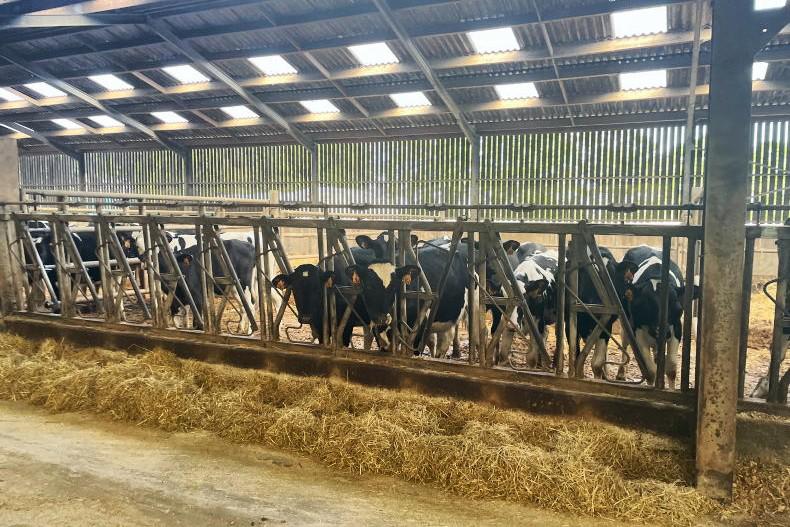
SHARING OPTIONS